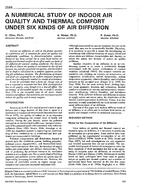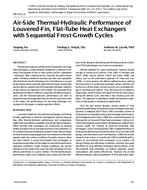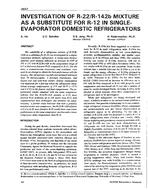Click here to purchase
Assessing and reducing vulnerability of building occupants to intentional indoor airborne releases of chemical and biological agents has acquired some importance in the past two decades. This paper reports on the evaluation and comparison of a set of available tools (described in the companion paper) that have been developed for practical and pragmatic use by building security professionals, consulting engineers, building owners, and maintenance personnel to evaluate the vulnerability of a building and determine the effect of implementing specific countermeasures. These tools have been applied to a few carefully selected buildings so that their responses can be evaluated both in terms of the risk assessment aspect as well as a portion dealing with evaluation of resiliency measures. The ease in using the tools, the quantity and specificity of the suggestions they provide, and the extent to which the responses differ between tools are issues that have been investigated and are presented in this paper. Also articulated are suggestions for future modifications to these tools in order to make them more user-friendly while enhancing their capabilities (such as being able to tailor the tools to a specific building rather than to a generic type, compute risk explicitly, compute the consequences of the event, etc.).
Citation: ASHRAE Transactions, Volume 117, Part 1, Las Vegas, NV
Product Details
- Published:
- 2011
- Number of Pages:
- 9
- File Size:
- 1 file , 320 KB
- Product Code(s):
- D-LV-11-016


